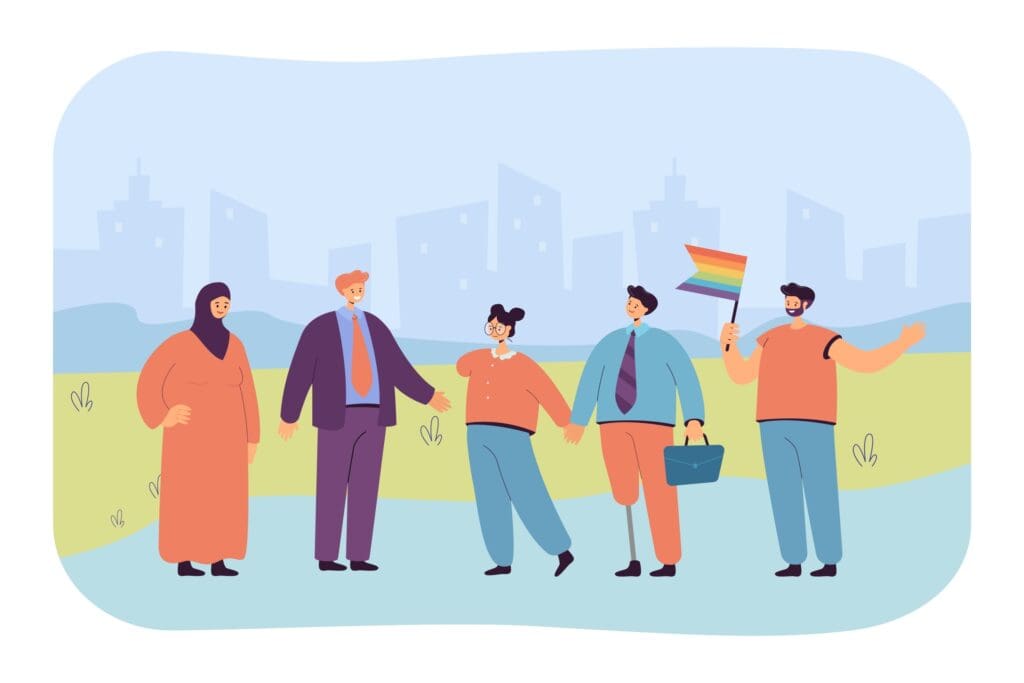U.K. companies are struggling to achieve gender and ethnic diversity simultaneously, and minority women are the most affected.
By Zee Johnson
McKinsey’s Race in the UK workplace: The intersectional experience report found that U.K. organisations are struggling to simultaneously achieve gender and ethnic diversity. This conflict is even occurring for those with increased female representation at the leadership level.
Whilst two-thirds of responding companies had elevated female representation, only half have achieved high ethnic-minority representation. In fact, Black, Bangladeshi, and Pakistani (BPP) women have the greatest disadvantage on key metrics of workplace equality, including pay and participation in the labour force. On the other end, the races and genders found to be the most advantaged included Chinese women and White British men.
In 2019, BBP individuals earned 15 to 16% less than White British workers and in contrast, Indian and Chinese workers earned 16 and 23% more, respectively, than White workers, according to the research.
A second McKinsey report shows that organisations with robust ethnic-minority representation in leadership teams are more likely to outperform their peers on profitability by between 33% and 36%. Further, closing the pay gap could help BPP womens’ annual salaries increase by 30%. Yet, BBP women are more likely to be concentrated in the lower levels of their organisations and greatly underrepresented in managerial roles, according to the report.
In fact, when BBP women seek promotions, they are much less likely to get feedback on their most recent unsuccessful application, as compared to White men—a gap of 17 percentage points. On top of that, BBP women are 14 percentage points less likely than White men to report that their company’s promotion process is transparent, fair, and easy, the report said.
The survey lists several recommendations for improving racial equity, including:
- articulating and demonstrating the importance of intersectionality and DEI from top to bottom, and getting the entire organisation on board;
- looking at data through an intersectional lens;
- prioritising initiatives that specifically meet the unique needs of BBP women like giving them a fairer chance at promotions; and
- proactively tracking KPIs and publishing progress.














